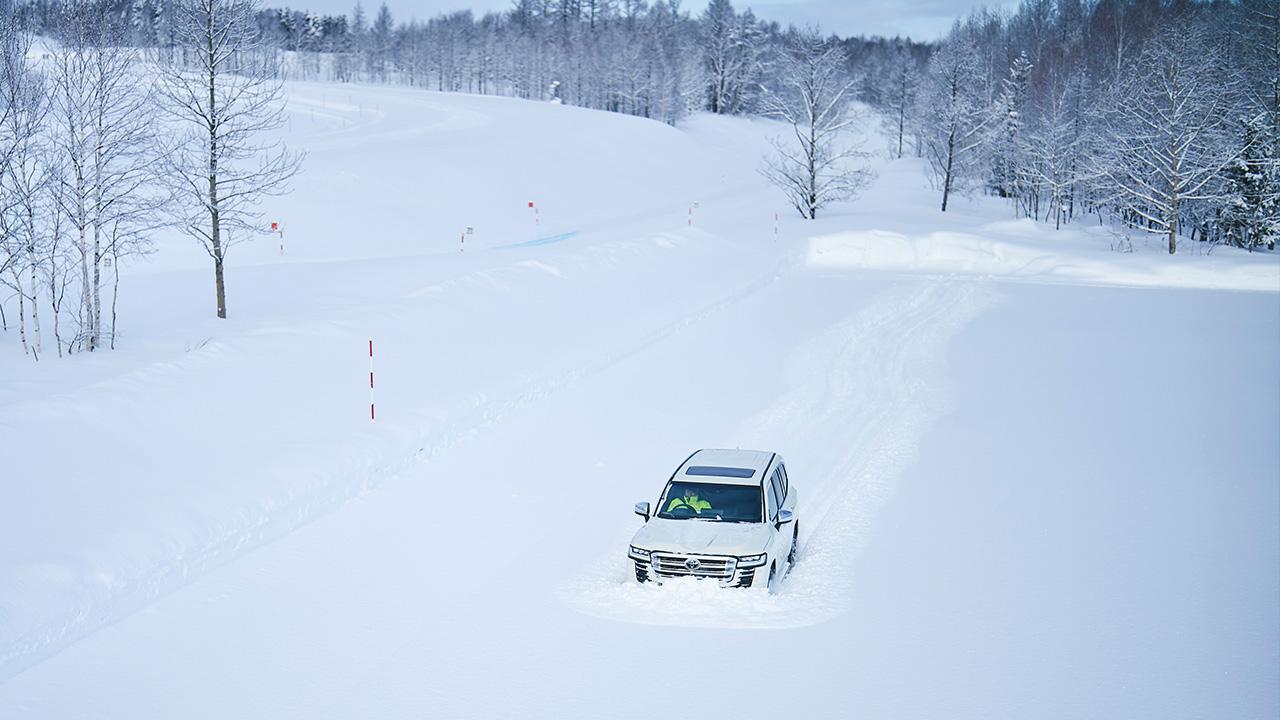
Here, we take a close-up look at the Shibetsu Proving Ground, where the harsh environment of northern Japan helps Toyota forge "ever-better cars."

The frigid world of extreme cold, where a single night can bring several feet of snowfall, offers ideal conditions for honing cars.
We visited the Shibetsu Proving Ground where all Toyota cars are put through their paces.
The northern land crucial to car development
Firstly, why was the Shibetsu site chosen? Kazuhito Oyane, the facility’s General Manager, explained.
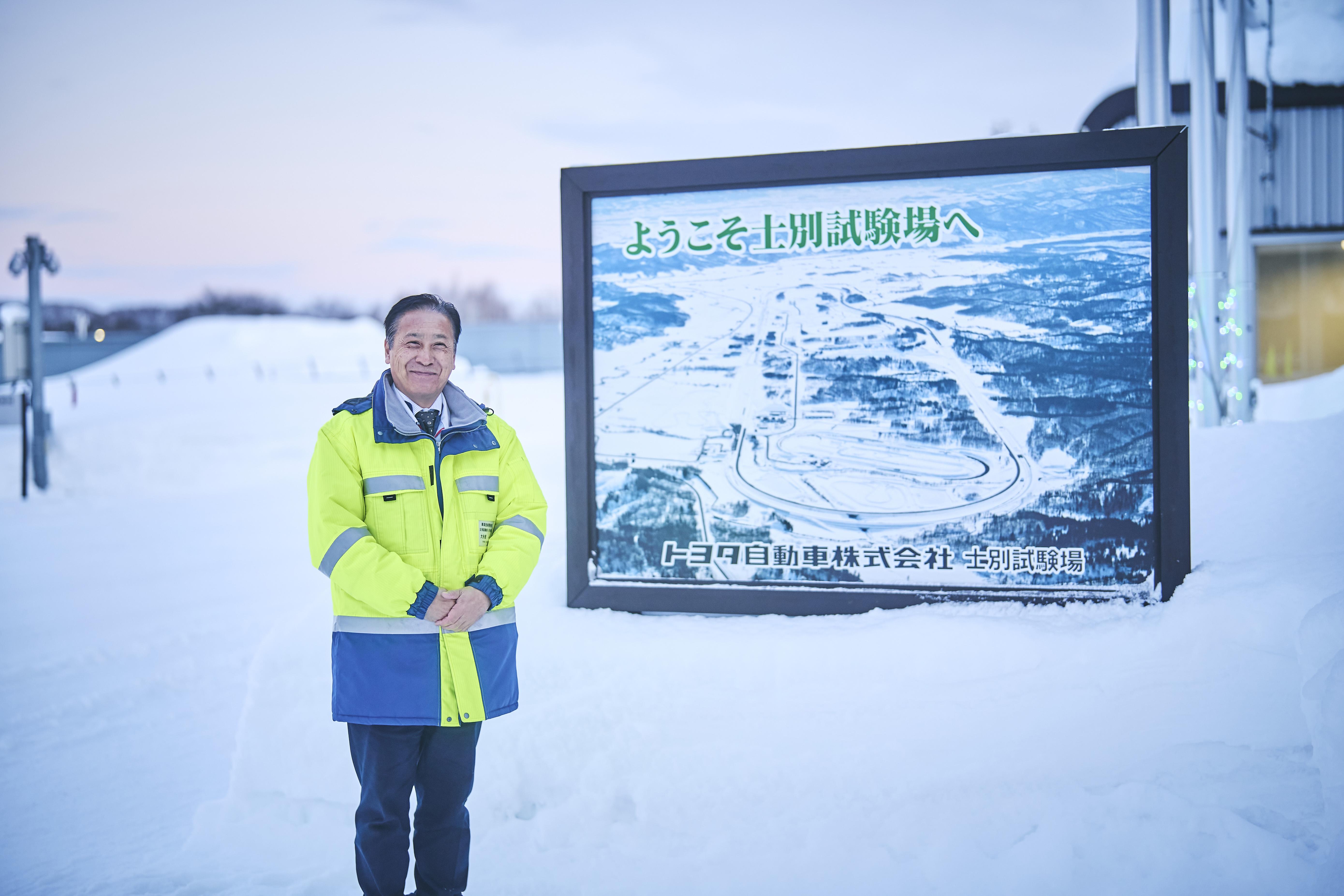
The story traces back to the 1960s.
Oyane
From what I’m told, it began with a customer in Hokkaido saying that, when winter came around, their engine wouldn’t start. That led to cold-climate testing, but at the time, we had no facilities like the Shibetsu Proving Ground.
Setting up base in a dealership yard, the testing team started checking things like engine startup, heating performance, wiper function, and ice buildup on the suspension, alongside standard road testing.
Over time, as cars began to carry more electrical components and customer needs diversified, a higher level of cold-climate testing became essential.
Oyane
The candidate site had to meet several conditions: at least 15 days a year with temperatures below -20ºC, at least two months of substantial snow cover, and space for a straight at least 3 km long to perform high-speed testing. The place that ticked all the boxes was here in Shibetsu. No other environment was as well suited to building ever-better cars.
A 5 km cold-climate circuit was completed in 1984, followed by a longer 10 km circuit in 1987. By 1992, the vast facility was essentially complete, with its total area of 9.3 square kilometers.
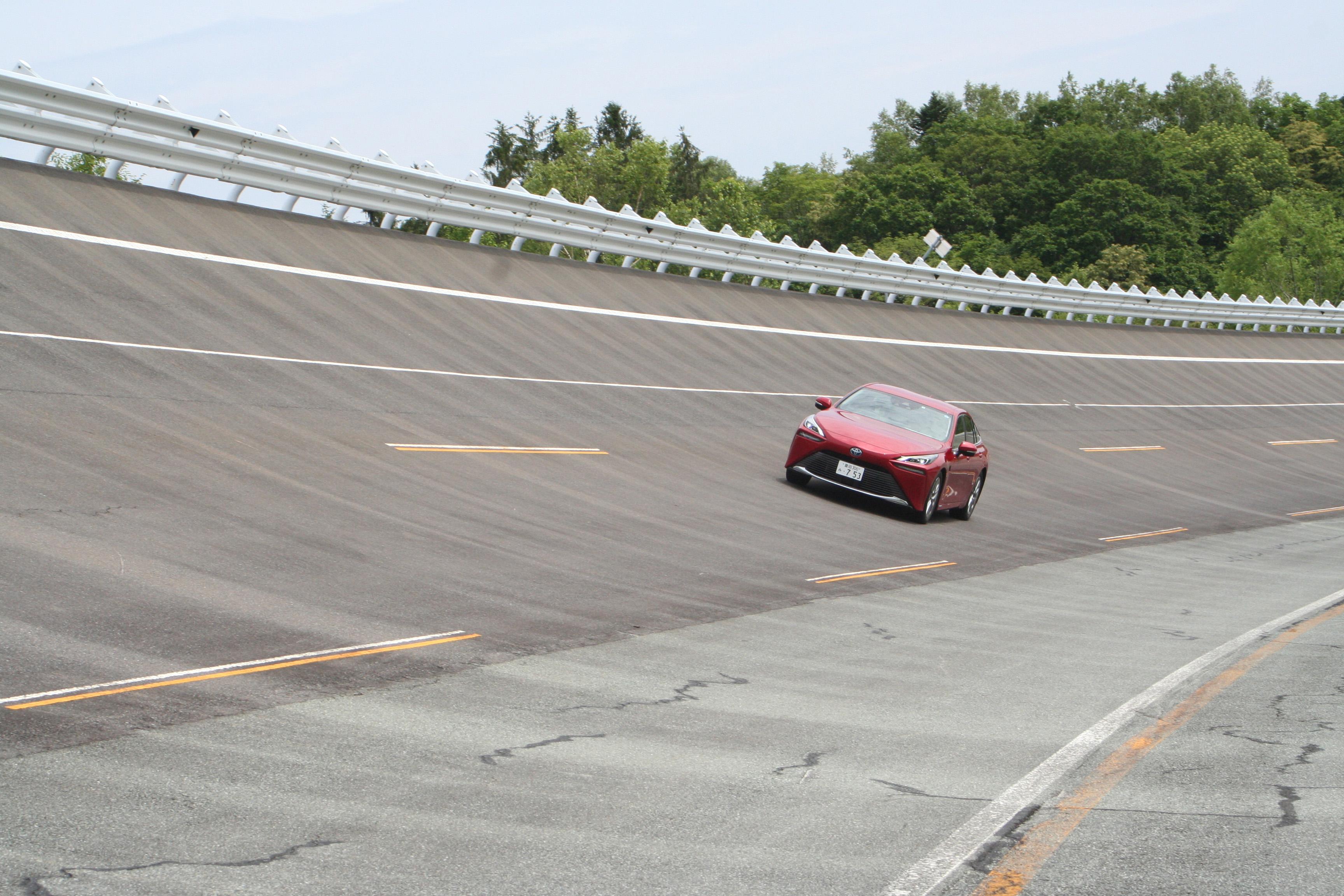
Replicating roads from around the world
As Oyane explains, the Shibetsu Proving Ground offers entirely different environments in summer and winter. In each season, the facility hosts a total of around 10,000 visiting employees. Oyane began by describing a Shibetsu summer.
Oyane
We have 12 main courses that are used in summer, of which the 10 km First Circuit is unlike anything else in the world. There is no speed limit, with cars exceeding 250 km/h during testing.
The First Circuit features a 4 km straight and banked turns of up to 45 degrees. This track reproduces road surfaces from around the world, including Japan, North America, and Europe.
Oyane
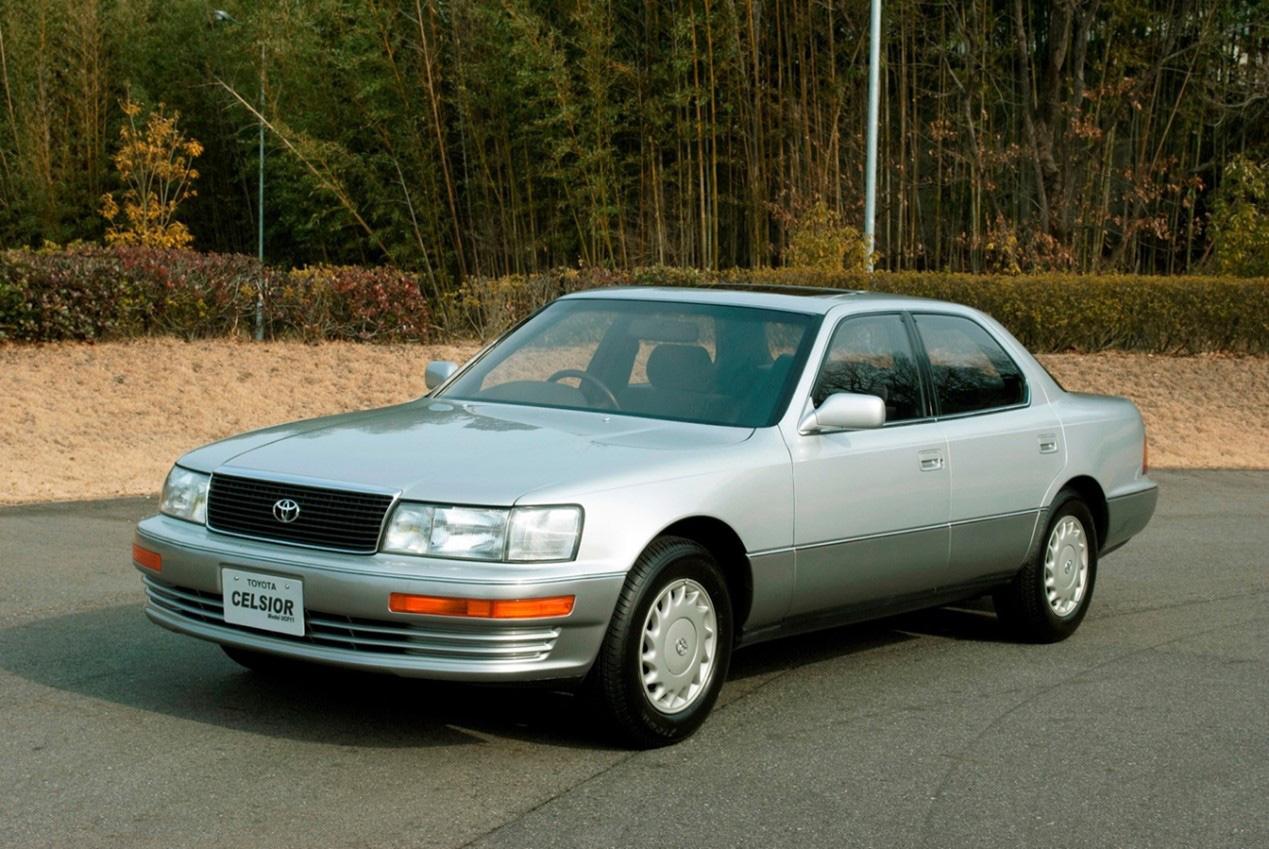
Ads for the Celsior showcased the Shibetsu Proving Ground, running the tagline “For this car, we began by building a giant 10 km test course.”
The Second Circuit was designed for round-the-clock endurance testing to aid the development of more reliable cars. Meanwhile, the 6 km Fourth Circuit is mainly used to evaluate maneuvering stability across a range of speeds, while also serving as a driver training course.
The Fifth Circuit (aka Country Road) reproduces surfaces not found in Japan, along with the undulating, winding feel of rural European roads, which helps to assess factors such as ride comfort, vibration, and noise.
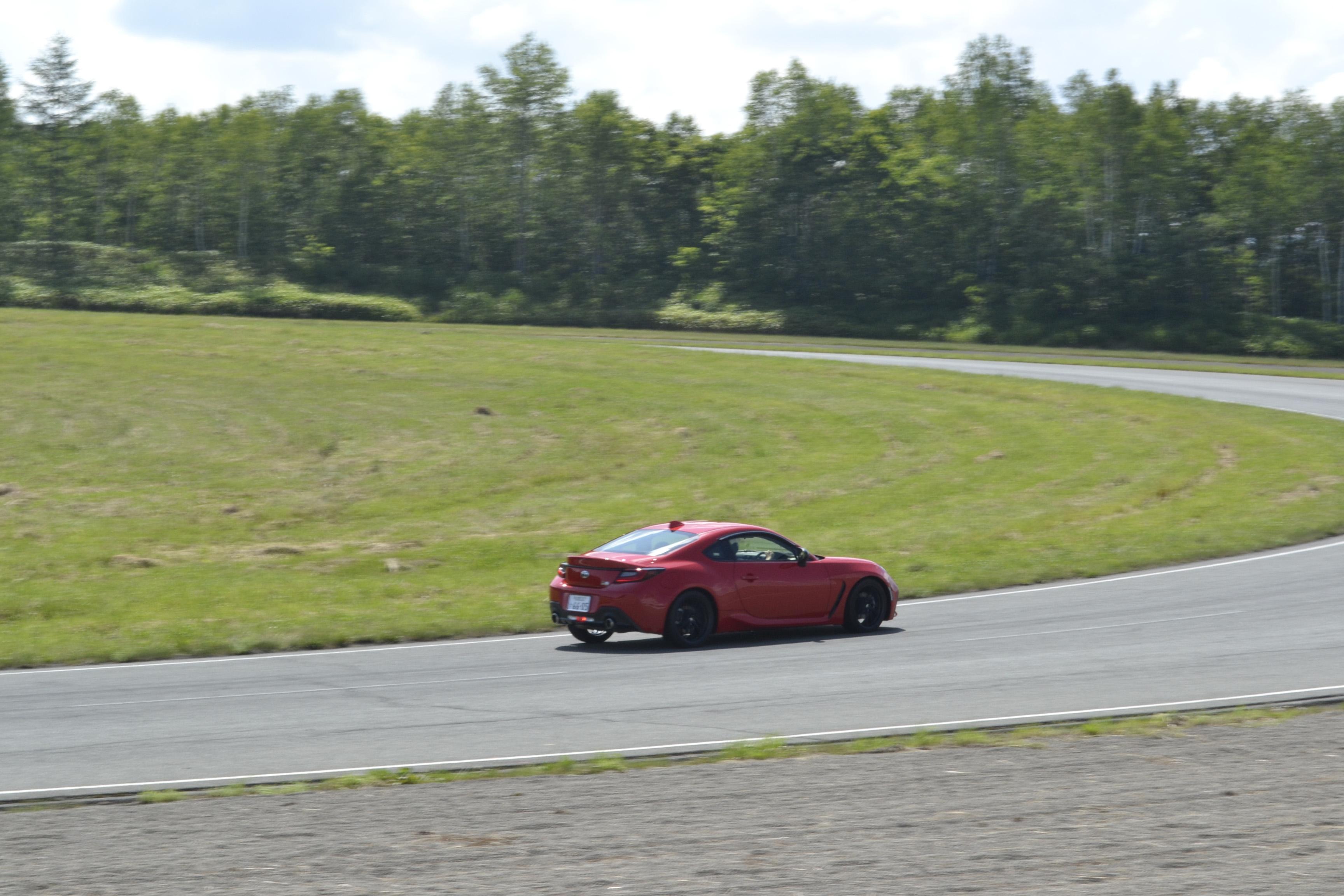
Working with test courses that faithfully replicate uneven surfaces such as Japanese manholes and bridges, Oyane’s team is constantly striving to create cars that satisfy customers around the world.

